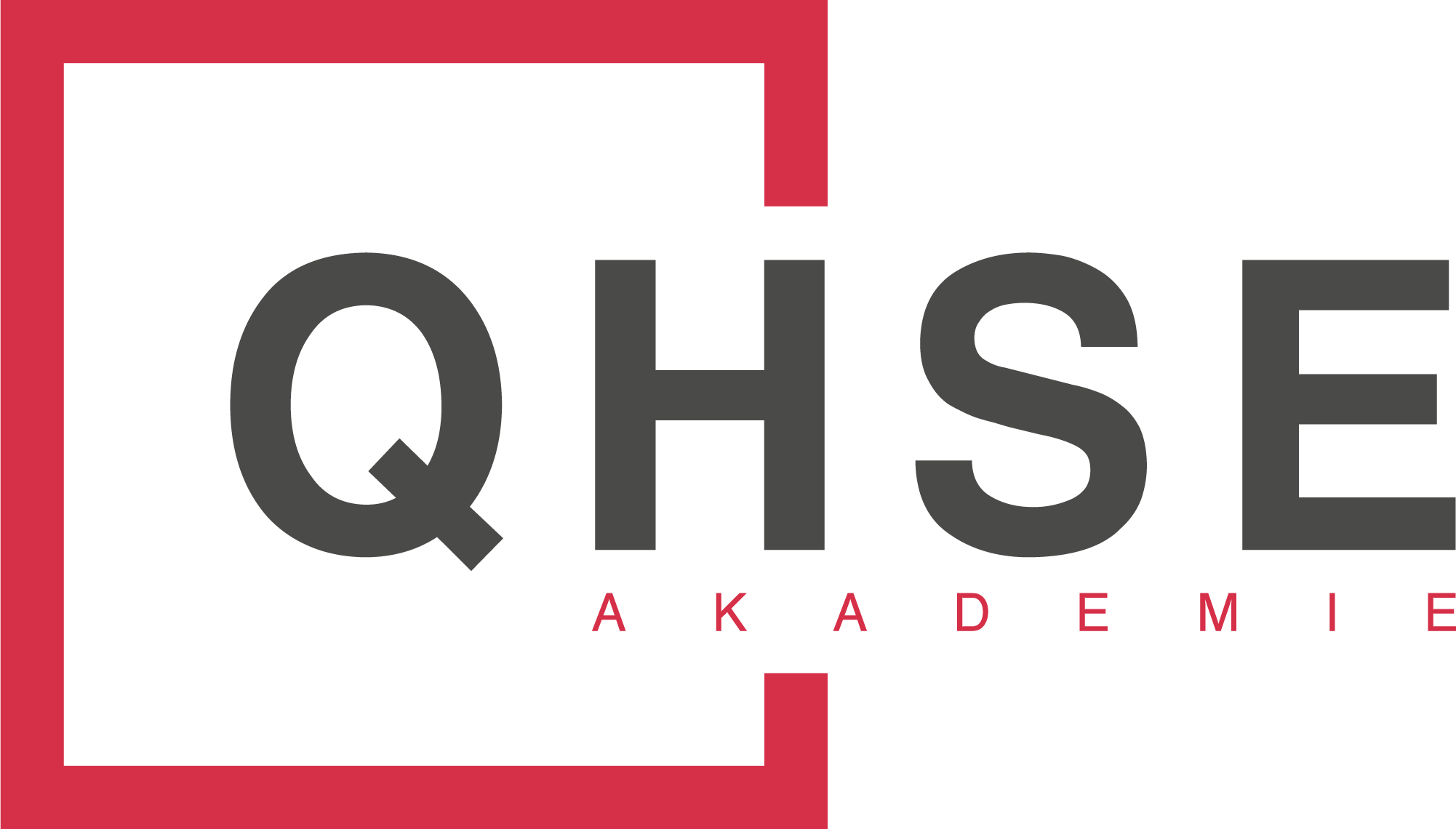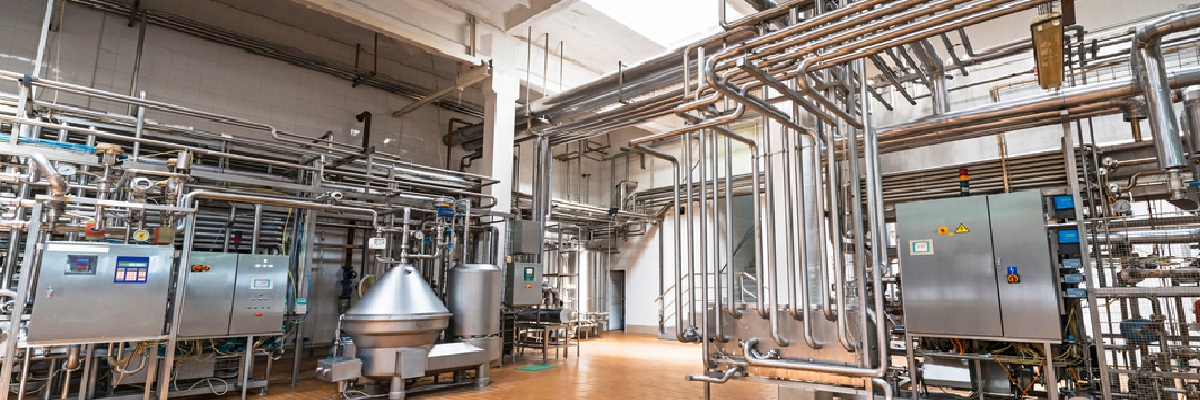The effort required to introduce a quality management system depends primarily on the motivation. A distinction is made here between internal and external motivation to introduce quality management systems.
Internal motivation involves the decision to improve internal processes through the implementation of quality management, with certification being of secondary importance. This may include improving product quality, reducing error costs, or decreasing the complaint rate, for example.
With external motivation, the company (usually driven by customers) is expected (required) to demonstrate a certified quality management system. In this case, the goal is not efficient quality management, but rather achieving certification. The certificate is then used, for instance, as a marketing tool.
The fundamental approach to how a quality management system is introduced depends on this motivation. With internal motivation, processes are examined, analyzed, and optimized, with a final check to ensure compliance with all requirements of the DIN EN ISO 9001 standard.
With external motivation, this verification occurs early on, aiming to fulfill all norm requirements with minimal effort.
Companies that introduce a quality management system for internal reasons also benefit from certification.
Most companies that seek certification of a quality management system for external reasons often do not achieve any significant improvements.
The greatest benefit from implementing a quality management system is to introduce a corresponding system from internal motives..

We assist you in implementing a quality management system. In an informal preliminary discussion, we discuss the requirements together with you and create a roadmap. From this roadmap, we estimate the effort and provide you with an offer.
As a Lead Auditor for DIN EN ISO 9001, we are familiar with the requirements not only from the perspective of the quality management officer but also from the 'other' side, bringing experiences from many certification audits in various industries.
The requirements are set out of the following charpters:
This standard follows the so-called "High Level Structure" (HLS) or "Harmonized Approach for Management System Standards" and ensures, through its unified structure, easy integration of the management system into other existing management systems such as:
- Occupational Health and Safety Management System ISO 45001,
- Environmental Management System ISO 14001,
- Energy Management ISO 50001,
- Information Security ISO 27001 or
- Business Continuity Management ISO 22301.






















